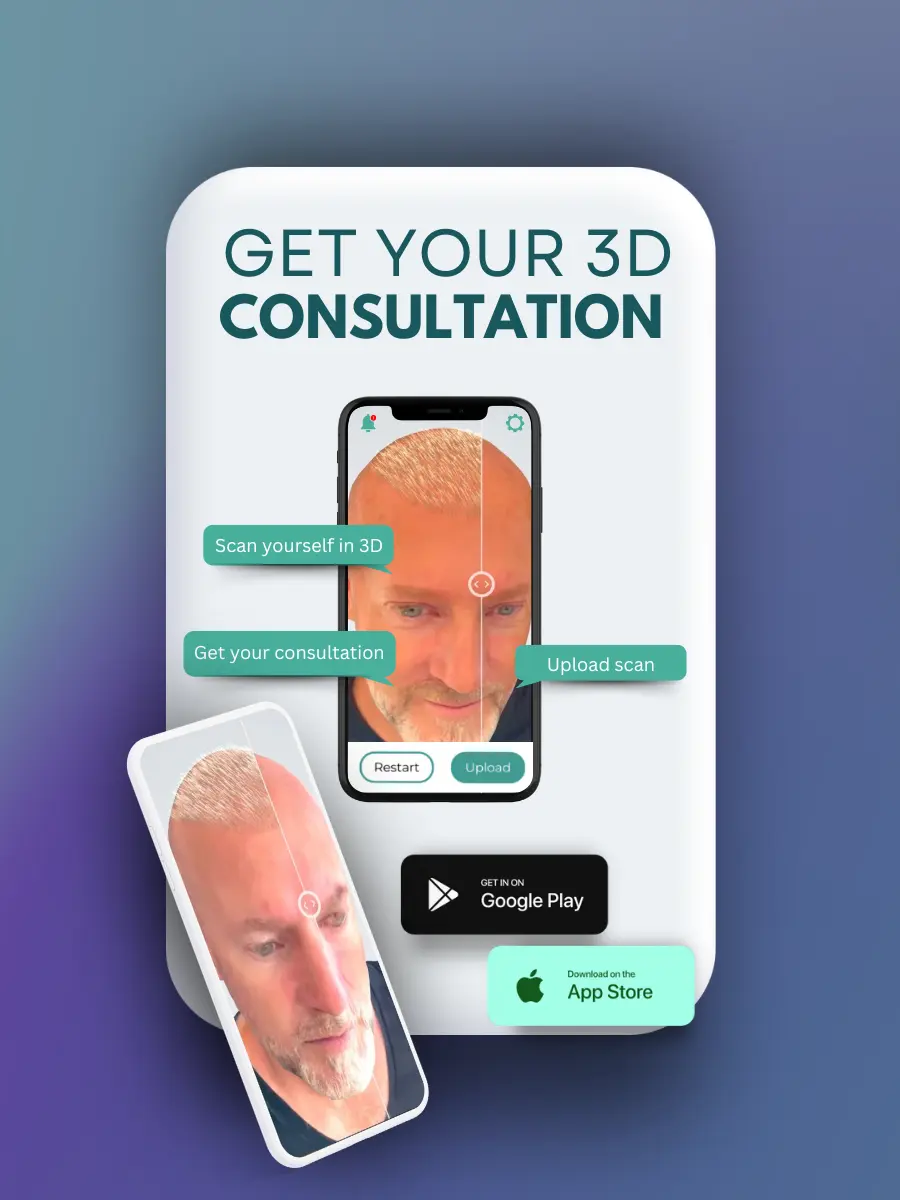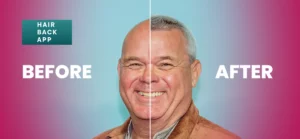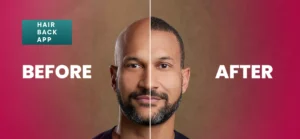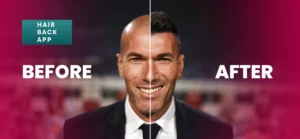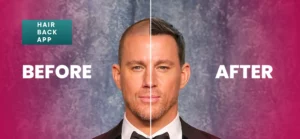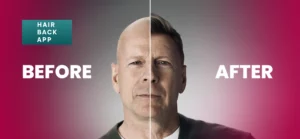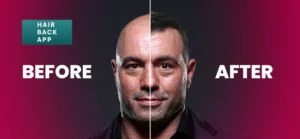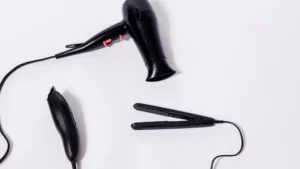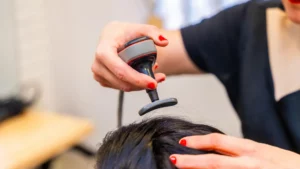Hair transplants for diabetic people is a topic that raises a lot of questions, as individuals with diabetes must consider additional health factors when deciding on surgical procedures. Hair loss can deeply affect confidence, especially when conditions like one-sided hair loss or general thinning worsen over time.
My name is Emma Wright, your resident hair restoration specialist. Today, we’ll be looking at Hair transplants for diabetic people in detail. This article explores whether hair transplants for diabetic people are safe, what considerations are necessary, and the best practices for successful outcomes.
For diabetics, the possibility of achieving fuller, natural-looking hair is exciting, but concerns about safety are valid.

What Causes Hair Loss in Diabetics?
Diabetes can contribute to hair loss through several mechanisms. High blood sugar levels can weaken circulation, reducing the amount of nutrients delivered to hair follicles.
This can lead to slower hair growth, thinning, or conditions like one-sided hair loss, where hair loss is isolated to a specific area of the scalp. Stress, hormonal changes, and medications for diabetes can also exacerbate hair loss.
Many individuals turn to hair loss treatments like medications, PRP therapy, or laser therapy to manage their condition. However, for those looking for a permanent solution, hair transplantation becomes an attractive option.
Here’s a detailed list of factors contributing to hair loss in individuals with diabetes:
- Poor Blood Circulation: High blood sugar levels can damage blood vessels, reducing blood flow to the scalp and hair follicles. This limited circulation can weaken hair follicles, slowing hair growth and leading to thinning.
- Hormonal Imbalances: Diabetes can disrupt hormone levels, particularly insulin and androgens. These imbalances may negatively affect hair growth cycles.
- Stress: The physical and emotional stress associated with managing diabetes can trigger hair loss conditions like telogen effluvium, where a significant number of hair follicles enter the resting phase.
- Autoimmune Conditions: Diabetes, particularly Type 1, is often associated with other autoimmune disorders, such as alopecia areata, which causes patchy hair loss.
- Medications: Certain medications prescribed to manage diabetes or related complications, such as high blood pressure or cholesterol, may have hair loss as a side effect.
- Nutritional Deficiencies: Diabetes can interfere with the body’s ability to absorb essential nutrients, such as vitamins and minerals (e.g., biotin, zinc, or iron), which are critical for healthy hair growth.
- Slow Wound Healing: Poorly controlled diabetes can delay healing in the scalp, leading to infections or scarring that can result in permanent hair loss.
- High Blood Sugar Levels: Consistently elevated glucose levels can disrupt hair growth by damaging the hair follicles’ ability to regenerate.
- Fungal Infections: People with diabetes are more prone to fungal infections, such as ringworm of the scalp, which can cause temporary or permanent hair loss if not treated promptly.
- Aging and Genetics: While not exclusive to diabetics, aging and genetic predisposition to conditions like androgenetic alopecia can compound the effects of diabetes on hair loss.
Each of these factors can play a role in causing or exacerbating hair loss in diabetic individuals. Managing diabetes effectively and addressing these specific causes can help mitigate hair loss and promote healthier hair growth.
Is the Procedure Safe?
The safety of hair restoration procedures in diabetics depends on several factors. The main concerns are related to how diabetes affects wound healing and the risk of infections. Below are factors that determine whether a diabetic individual is a good candidate:
- Blood Sugar Control: The most critical factor is stable blood sugar levels. Individuals with well-managed diabetes are far more likely to undergo the procedure safely.
- Surgeon’s Expertise: Choose a surgeon with experience performing transplants on diabetic patients. They can adapt the procedure and post-op care to suit your specific health needs.
- Health Assessment: A thorough pre-procedure assessment is necessary to evaluate the risks. This typically includes tests for A1C levels, blood pressure, and general fitness.
When performed under the right circumstances, hair restoration procedures can achieve excellent results. Whether addressing one-sided hair loss or general thinning, these procedures restore confidence and improve appearance.
Considering a Long-Hair Technique
One popular technique, particularly for individuals who don’t want to cut their existing hair, is a hair transplant for long hair. This procedure allows the transplanted hair to remain long rather than shaving the donor area. Diabetic patients who prefer to maintain their style often find this technique appealing. However, as with any transplant, careful management of diabetes is crucial to ensure optimal healing and graft survival.
Alternatives to Surgical Options
Not all diabetics are suitable candidates for surgical hair restoration, and in such cases, alternative hair loss treatments can be explored:
- Medications: Options like minoxidil and finasteride can slow hair loss and encourage regrowth.
- Low-Level Laser Therapy (LLLT): A non-invasive treatment that stimulates hair follicles using light therapy.
- Platelet-Rich Plasma (PRP) Therapy: Involves injecting a patient’s own plasma into the scalp to promote healing and regrowth.
These alternatives are less invasive than surgical options and may be safer for individuals with poorly managed diabetes.
Preparing for the Procedure
For those eligible for surgical restoration, preparation is key. Here are steps to follow:
- Consult Your Doctor: Work with your healthcare provider to stabilize your blood sugar levels before surgery.
- Choose the Right Surgeon: Look for a specialist familiar with diabetes-specific concerns.
- Follow Instructions: Adhere to all pre- and post-op guidelines, such as adjusting medications, fasting, and maintaining good hygiene.
Post-procedure care is equally important. Keeping blood sugar stable and following wound-care protocols will significantly reduce the risk of complications.
Making the Most of Your Results
After undergoing a procedure, selecting the best haircut after a hair transplant can help showcase the results. Diabetic individuals, like anyone else, can choose styles that suit their face shape and enhance the appearance of fuller hair. Consult a professional stylist experienced in working with post-transplant hair to achieve a natural and flattering look.
Long-Term Benefits of Hair Restoration
Unlike temporary hair loss treatments, surgical procedures offer permanent results. This makes them an excellent choice for diabetics with stable health. Restoring hair can have psychological benefits, boosting self-esteem and providing a sense of normalcy. For those with one-sided hair loss, a transplant can create balance and symmetry in their appearance.
Potential Risks to Be Aware Of
While surgical restoration is possible for diabetics, there are risks, including:
- Delayed Healing: High blood sugar can slow down wound healing, increasing recovery time.
- Infections: Poor circulation and reduced immunity may elevate the risk of post-surgical infections.
- Graft Failure: Elevated blood sugar can impact the survival of transplanted grafts.
Diabetic patients must weigh these risks against the potential benefits and ensure that all preventive measures are taken.
Final Thoughts
Hair transplants for diabetic people are a viable option for those with well-managed blood sugar levels and no significant health complications.
Whether addressing conditions like one-sided hair loss or exploring techniques such as hair transplant for long hair, the key lies in careful preparation and choosing the right surgeon.
For those unable to undergo surgery, alternative hair loss treatments offer effective, non-invasive options. Finally, after a successful transplant, consider the best haircut after a hair transplant to enhance and celebrate your new look.
With proper care and professional guidance, diabetics can safely enjoy the benefits of hair restoration, reclaiming both their hairline and confidence.

